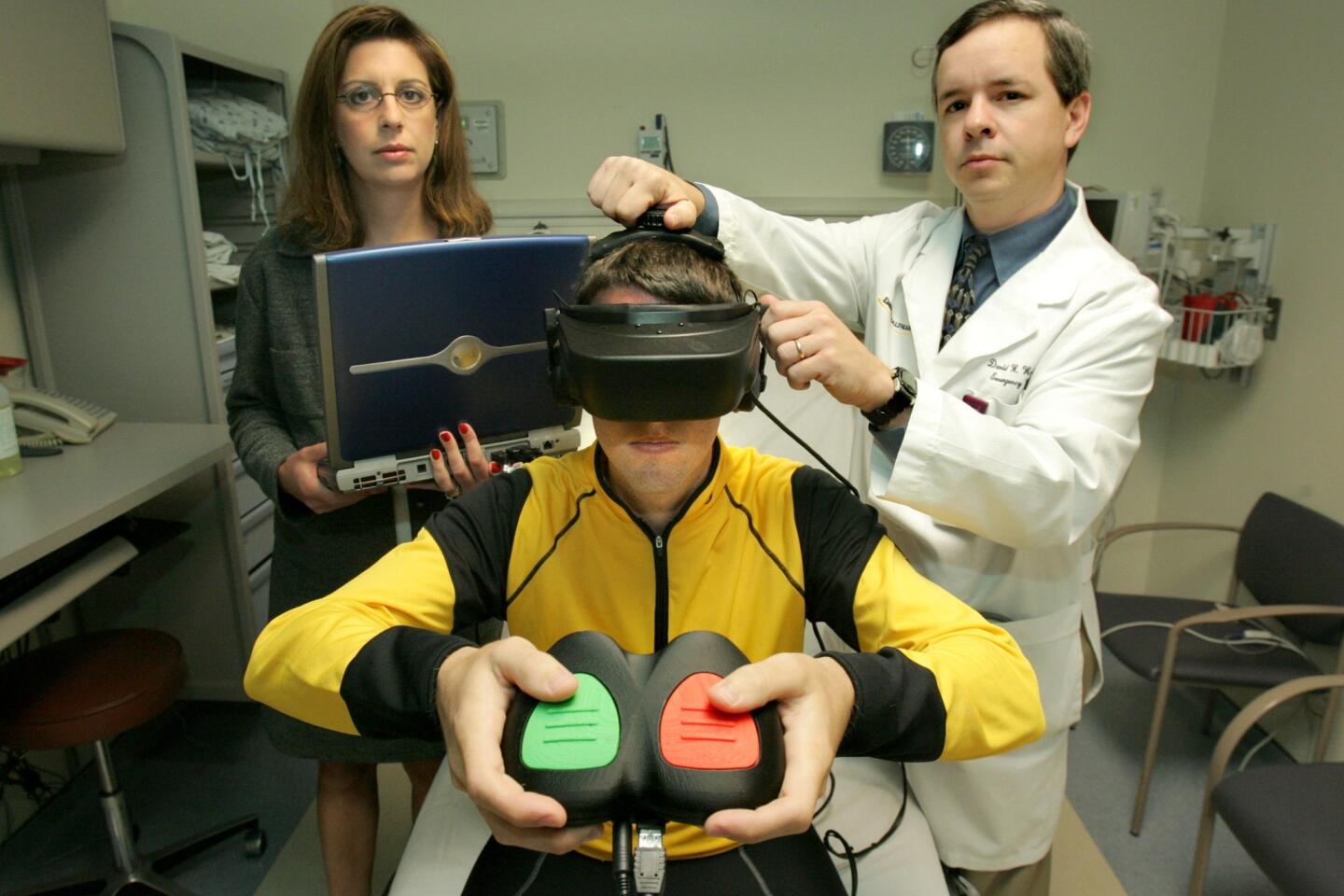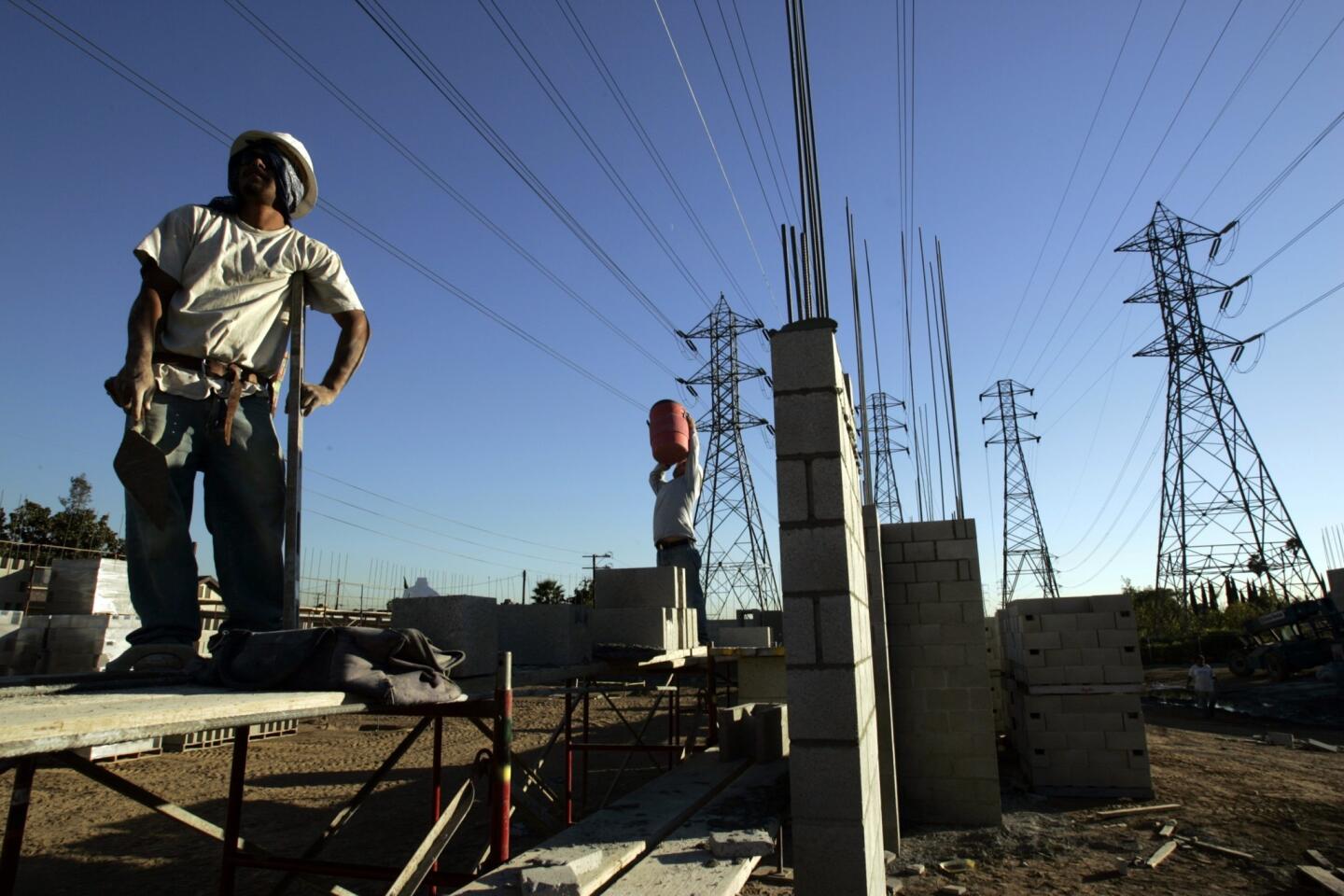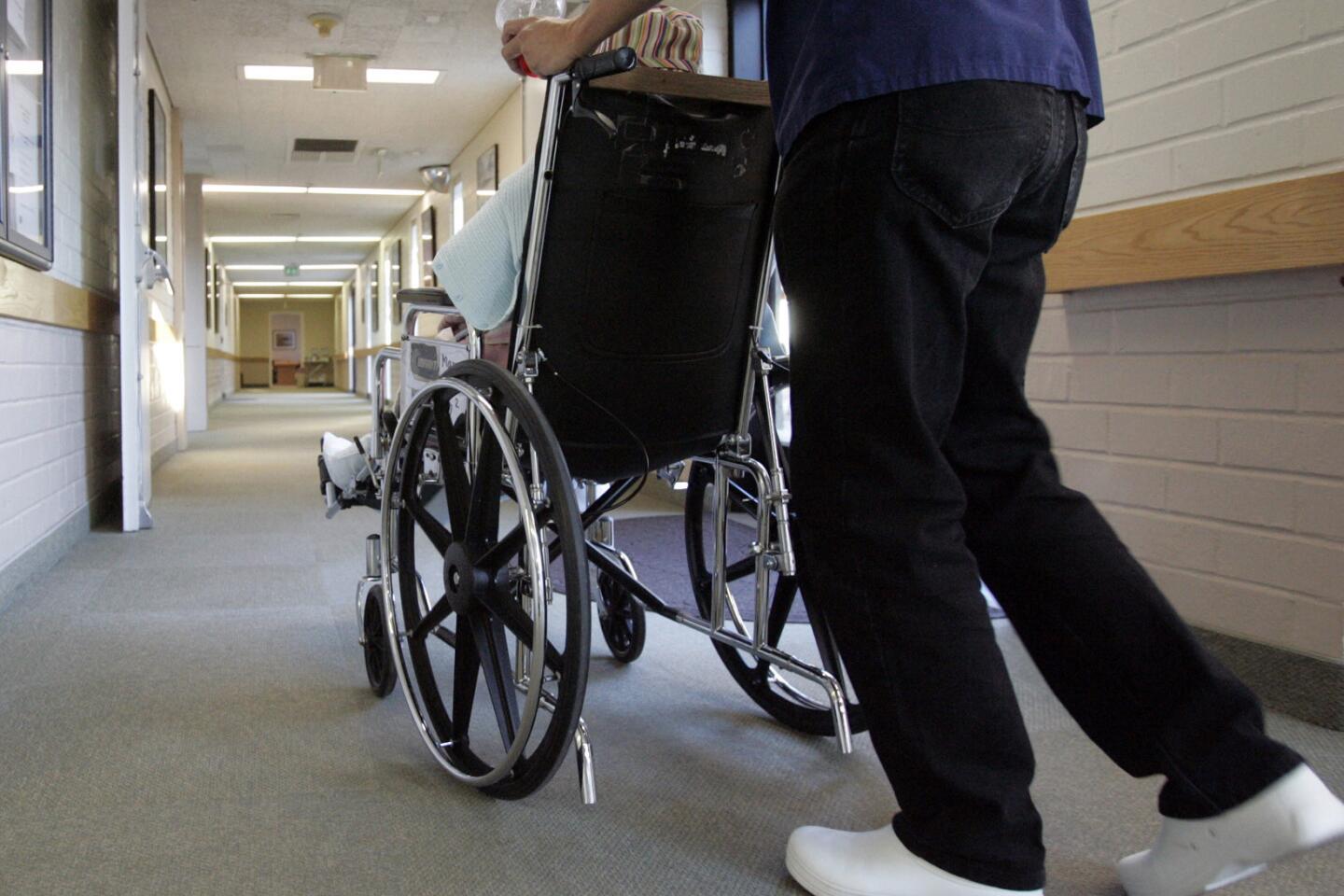Five takeaways from July’s jobs report
The U.S. economy added 162,000 jobs in July -- led by hiring in restaurants and retail stores.
Economists had been projecting higher growth based on encouraging economic indicators showing that housing is rebounding quickly, consumer confidence is ticking up and initial jobless claims have fallen.
Friday’s jobs report released by the U.S. Bureau of Labor Statistics wasn’t pretty, particularly since previous months’ job gains were also revised downward. Here are five takeaways from the report:
1. The unemployment rate fell to 7.4% in July from 7.6% the month before. Most people would interpret a falling jobless rate as a good thing, but part of the decline in this case is due to people dropping out of the labor force.
PHOTOS: Who works the longest? Jobs with the longest and shortest workdays
From June to July, 37,000 people stopped looking for work, according to the federal agency. This partly contributed to the decline in the unemployment rate as the Labor Department doesn’t count those currently not looking for work as unemployed.
2. The number of involuntary part-time workers rose in July. These workers are those unable to find full-time work due to slack economic conditions or who have had their hours cut by their employer. The number grew by 19,000 to 8.2 million in July.
Economists have warned that the rise in part-time workers could prove harmful to future economic growth. Though employed, part-time workers’ spending power is diminished, weakening the consumer spending that is crucial to economic growth.
3. The jobs report also said that the average workweek fell by one-tenth of an hour last month to 34.4 hours, and average hourly earnings also declined to $23.98, a two-cent drop.
4. Nearly 85,000 jobs were added in the low-wage sectors of retail trade and food services and drinking establishments. That’s slightly more than half of July’s net job gains.
The retail trade sector saw strong growth in general merchandise stores and auto dealerships, a sign of stronger consumer spending. Restaurants and bars have briskly added workers as more consumers eat out again, economists said.
5. July’s jobs report is likely to prompt speculation on how the Federal Reserve will interpret the data.
The weakening pace of job growth muddles the outlook for the widely expected tapering of the Federal Reserve’s stimulus in September. Prior to this report, job growth was averaging about 200,000 a month this year, a solid if not spectacular pace.
But with the latest month’s report and the earlier revisions showing job growth having slowed, the Fed may be more reluctant to reduce its bond-buying stimulus at its next policy meeting.
ALSO:
Pace of job growth weakens in July
FDA defines ‘gluten free’ for food labeling with new guideline
U.S. judge dismisses suit against Dodd-Frank financial reform law
ricardo.lopez@latimes.com
Times staff writer Don Lee contributed to this report.
















